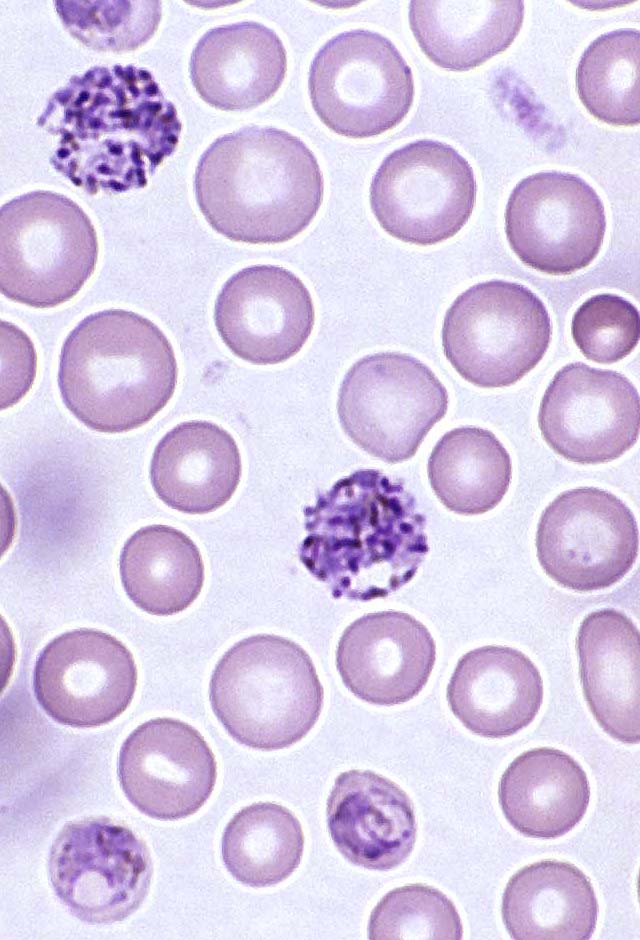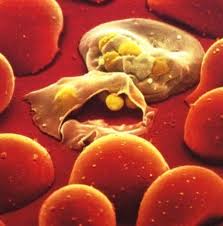Systems biology, metabolic modelling and metabolomics of the malaria parasite.
Malaria is a vector-borne infectious disease whose pathology and symptoms are caused by a protozoan parasite of the genus Plasmodium (see Plasmodium_falciparum_in_the_erythrocyte) to whose vector is the female mosquito of the genus Anopheles. Malaria is one of the biggest killers in the world. In 2010, 240 million cases were reported, resulting in over 860 thousand deaths. Unfortunately, no effective vaccine is available and resistance has develop to the current medication available. Understanding how the metabolism of Plasmodium works, where the drugs act and how likely are these targets, to be replace in the metabolism creating resistance, is of paramount importance in order to find new and unique targets with lower probability of being tricked by the parasite.
Decades of study of the metabolism of cells are not enough to understand Plasmodium falciparum’s, the malaria parasite most deadly among the genus. It has a complex life cycle with different stages and hosts and a huge plasticity in its metabolic make up being able to switch it in response to the different environmental conditions. Most of the cells metabolism presents a clear flux direction from glucose to pyruvate, which is transported into the mitochondrion where it is further metabolised in the TCA (Tricarboxylic Acid) cycle. During its intra-erythrocytic stages, P. falciparum’s glycolysis is highly efficient and the parasite is able to uptake up to 100 times more glucose than uninfected red blood cells. However, there is not a big flux following towards the TCA cycle. This phenotype is similar in other rapid proliferating cells such as yeast or cancer cells. Our current hypothesis is based in the attributed capacity of glucose and glycolysis to support biomass generation by redirection of glycolytic intermediates into anabolic reactions, which provide the 'building blocks' for biomass (nucleic acids, fatty acids, isoprenoids, etc.) together with an effective reduction in the production of ROS (Reactive Oxygen Species) as a consequence of a less active TCA cycle. Our experimental set-up will take metabolic read-outs during the 48h intra-erythrocytic life cycle and by using NMR we will identify and quantify the most abundant metabolites during the development of the parasite. By inducing changes in the environment/culture medium we will see how the commitment to schizogony will vary and therefore so will do the amount of biomass/daughter cells produced. The dataset will be incorporated in a metabolic model by which we will be able to predict the flux going into different metabolic directions under different conditions shedding light upon new targets for further drug development.



